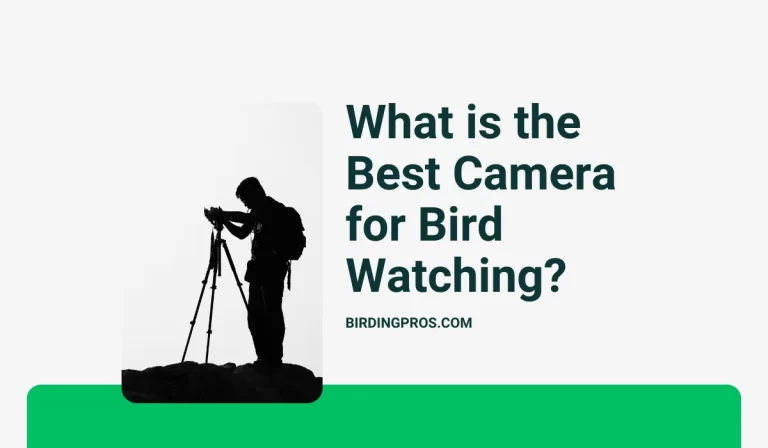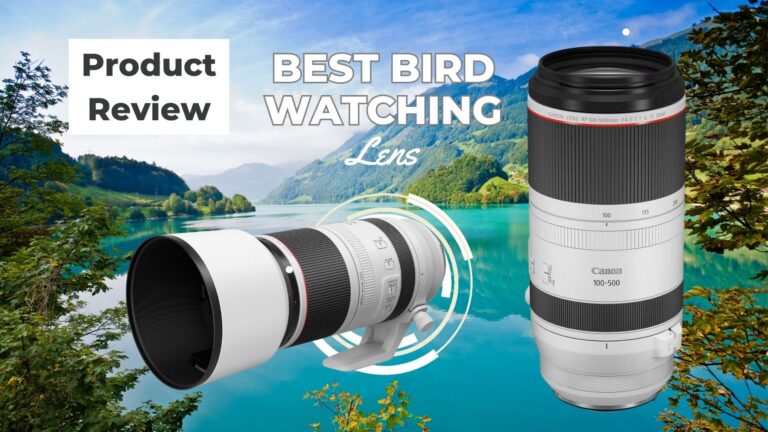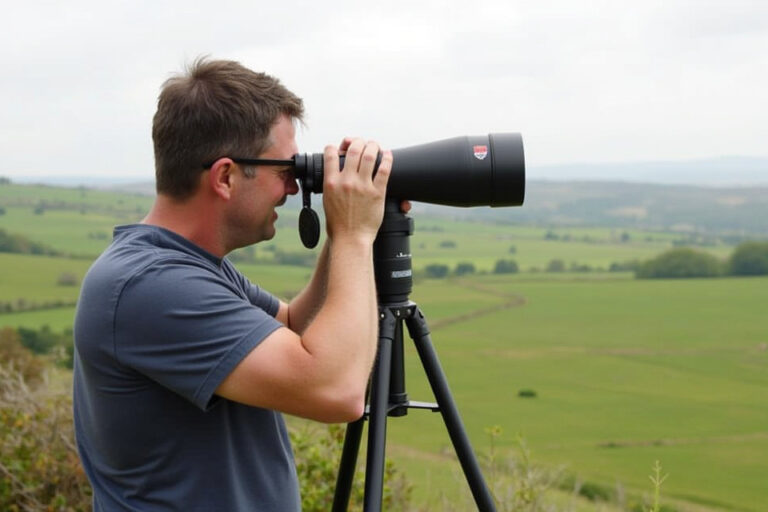The Art of Creative Bird Photography: Capturing Wonders
This guide will help you explore the fascinating world of creative bird photography, providing insights and tips to enhance your skills and create stunning images with SmartPhone and DSLR.
Bird photography offers a mesmerizing blend of artistry, patience, and skill. For enthusiasts and professional photographers alike, capturing the delicate beauty and intricate behaviors of birds can be a deeply rewarding experience.
Table of Contents
Why Creative Bird Photography Matters
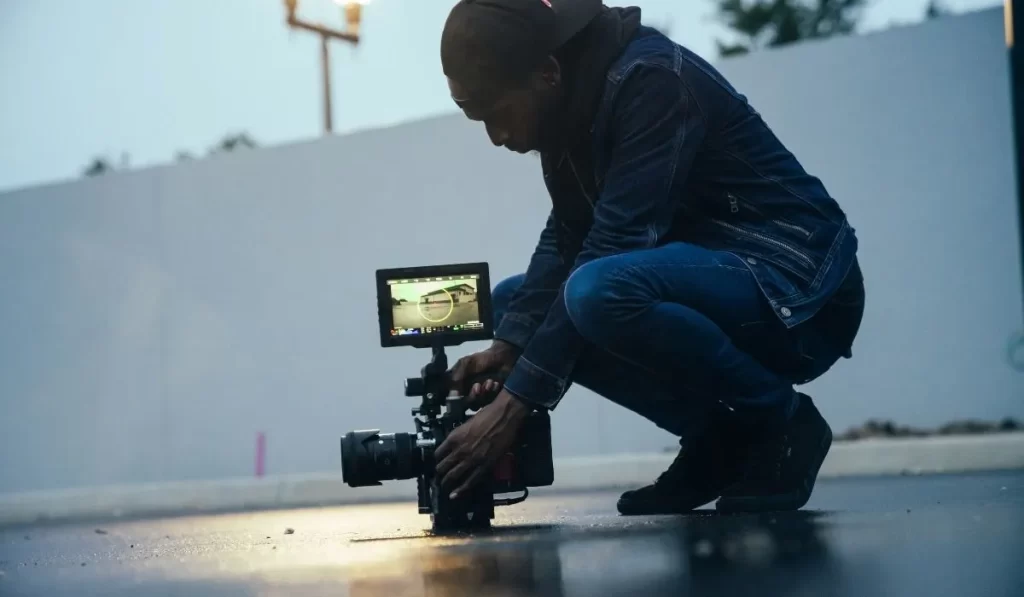
Creative bird photography is more than just snapping pictures of birds. It’s about capturing the essence and personality of these avian wonders in a way that tells a story.
This approach not only brings joy to the photographer but also inspires and educates viewers about the beauty and diversity of bird species. The artistic challenge lies in capturing unique perspectives and moments that elevate birdwatching to an art form.
Types of Creative Bird Photography
Close-Ups
Close-up shots emphasize the intricate details of a bird’s plumage, eyes, and beak. To achieve this, use a telephoto lens and focus on filling the frame with your subject.
Action Shots
Capturing birds in motion—flying, hunting, or interacting—requires high shutter speeds and continuous shooting modes. Patience and anticipation are key to nailing these dynamic moments.
Artistic Compositions
Experiment with framing, perspective, and backgrounds to create visually striking images. Look for reflections, silhouettes, and unusual angles to add a creative twist to your photos.
Lighting and Timing
The right lighting can make all the difference in bird photography. Here’s how to get it right:
- Golden Hours: Early morning and late afternoon provide soft, warm light that enhances colors and reduces harsh shadows.
- Backlighting: Position the bird between you and the sun to create dramatic silhouettes and highlight feathers.
- Overcast Days: Soft, diffused light on cloudy days can be ideal for even exposure and detail.
Read More: 5 Best Birding Scope Tripod in 2024
Editing and Post-Processing
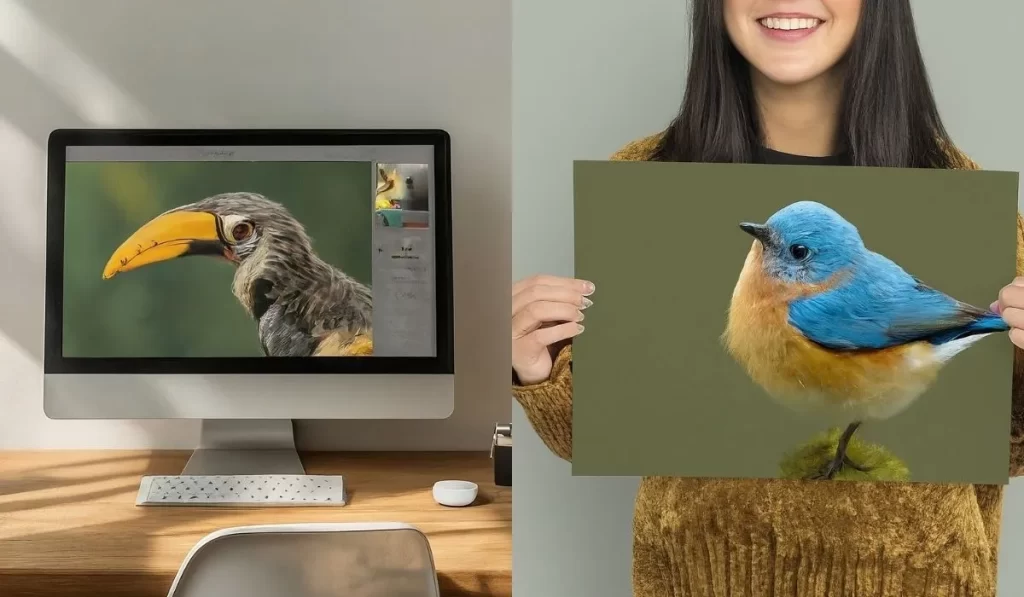
Post-processing is an essential step to enhance your bird photos. Consider these techniques:
- Editing Software: Adobe Lightroom and Photoshop are popular choices for photo editing.
- Color Correction: Adjust white balance and saturation to bring out natural colors.
- Sharpening and Noise Reduction: Enhance details and reduce noise, especially in low-light conditions.
Choosing Birdwatching Locations
Selecting the right location is fundamental to successful bird photography. Consider these tips:
- Scenic Spots: National parks, wildlife reserves, and nature trails are prime locations.
- Local Parks: Often overlooked, local parks can be hotspots for diverse bird species.
- Research: Use birdwatching apps and local guides to identify promising locations and the best times to visit.
Composition Techniques
Mastering composition can transform a good photo into a great one. Here are some techniques to consider:
- Rule of Thirds: Place your subject off-center to create a balanced and dynamic image.
- Leading Lines: Use natural lines, like branches or rivers, to guide the viewer’s eye to the bird.
- Framing: Surround your subject with natural elements like foliage to create depth and interest.
Gear for Bird Photography
To excel in bird photography, having the right equipment is crucial. Here’s a list of essential gear:
- Cameras: DSLRs and mirrorless cameras with fast autofocus systems.
- Lenses: Telephoto lenses (300mm or longer) for close-ups and action shots.
- Tripods: Sturdy tripods to stabilize your camera, especially for long lenses.
- Accessories: Extra batteries, memory cards, and a comfortable camera strap.
For creative shots, consider using extension tubes for macro photography or a gimbal head for smooth panning.
Bird Identification and Species Profiles
Understanding your subjects adds depth to your photography. Learn about different bird species and their behaviors. This knowledge helps in anticipating their actions and capturing unique moments. Here are a few common birds to start with:
- Red-Tailed Hawk: Known for their impressive hunting skills and soaring flight.
- American Goldfinch: Bright yellow plumage and cheerful demeanor make them a favorite.
- Great Blue Heron: Elegant and poised, often found near water bodies.
Creative Bird Photography with a Smartphone

You don’t need a high-end camera to capture stunning bird photos. Modern smartphones come equipped with powerful cameras and features that make bird photography accessible to everyone. Here are some tips for using your smartphone:
- Zoom Lens Attachments: Invest in a good quality zoom lens attachment to get closer to the birds without disturbing them.
- Stabilization: Use a mini tripod or a stable surface to reduce camera shake and ensure sharp images.
- Burst Mode: Utilize the burst mode to capture multiple frames in quick succession, perfect for action shots.
- Editing Apps: Take advantage of mobile editing apps like Snapseed or VSCO to enhance your photos right on your phone.
Creative Bird Photography with a DSLR
For those with a DSLR, bird photography offers even more creative possibilities. Here’s how to make the most of your DSLR:
- Manual Settings: Learn to use manual settings to control exposure, aperture, and shutter speed for precise adjustments.
- Autofocus Modes: Use continuous autofocus (AI-Servo/AF-C) to track moving birds and ensure sharp focus.
- Lens Selection: Switch between telephoto lenses for distant subjects and macro lenses for close-up details.
- Custom Functions: Take advantage of custom functions and presets on your camera to quickly adapt to changing conditions.
FAQs for Art of Creative Bird Photography
1. What is the best time of day for bird photography?
The best times are during the golden hours—early morning and late afternoon. These times provide soft, warm light that enhances colors and reduces harsh shadows, creating more appealing photographs.
2. How can I get close to birds without scaring them away?
Patience and stealth are key. Move slowly and wear neutral colors that blend with the environment. Using a telephoto lens allows you to keep a distance while capturing close-up shots.
3. What settings should I use for action shots of birds in flight?
Use a fast shutter speed (1/1000 second or faster) to freeze motion. Set your camera to continuous shooting mode and use continuous autofocus to track the bird. A higher ISO may be needed to achieve these settings in lower light.
4. How do I ensure my bird photos are sharp?
Use a tripod to minimize camera shake, especially with long lenses. Ensure proper focus by using single-point autofocus on the bird’s eye. In low light, increase the ISO and use a faster shutter speed to maintain sharpness.
Final Thoughts
Creative bird photography is a fulfilling hobby that combines the beauty of nature with the art of photography.
With this techniques, equipment, and patience required, you can capture breathtaking images that inspire and educate others. Embrace this rewarding pursuit, and let your creativity soar along with the birds.

